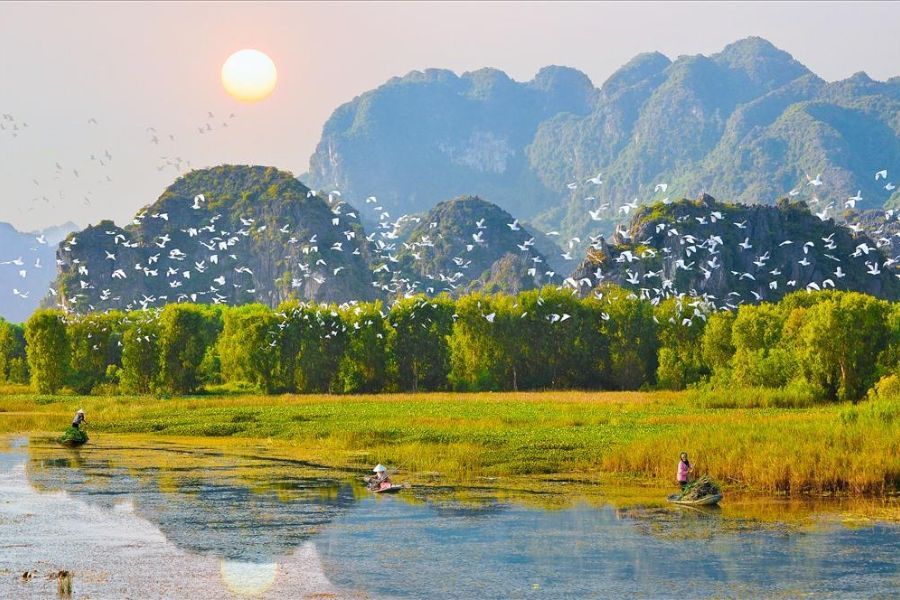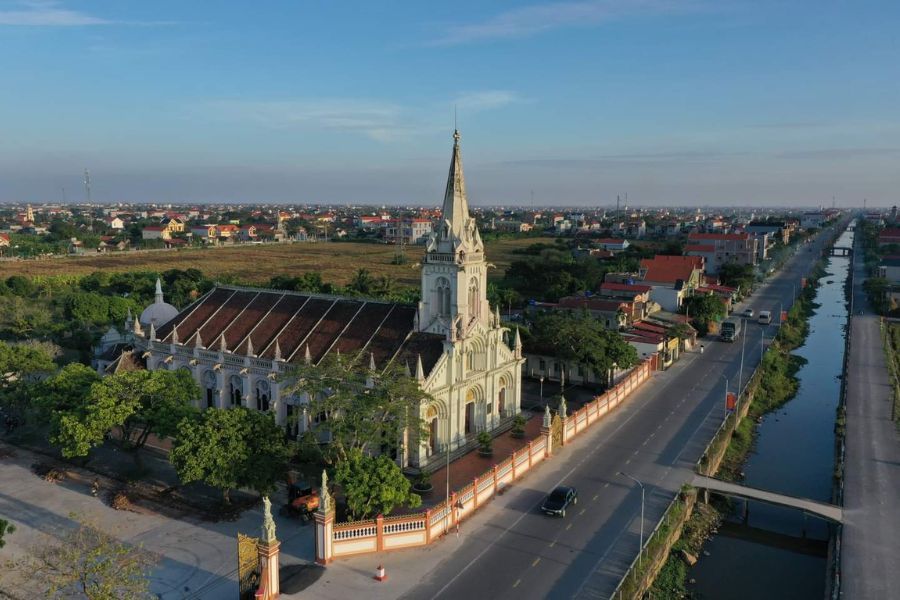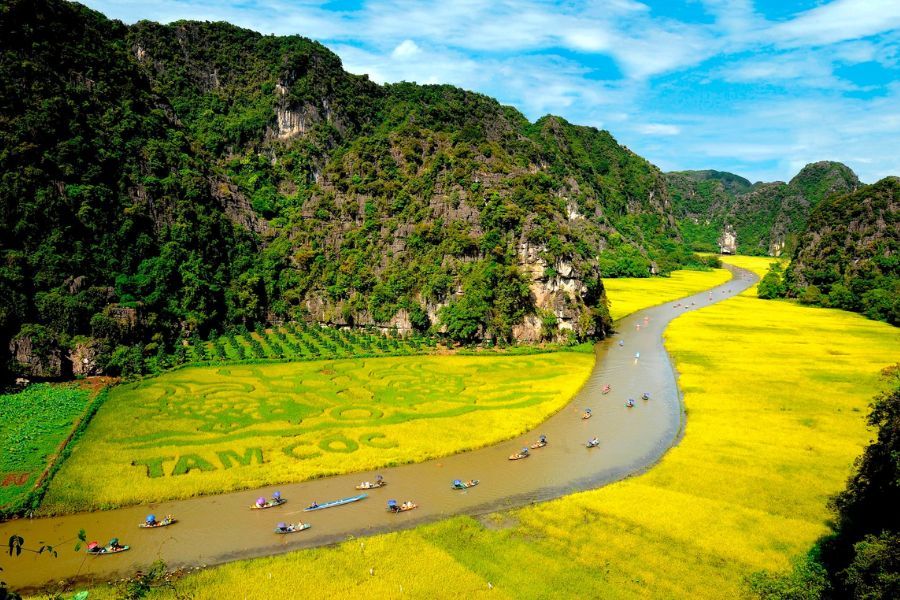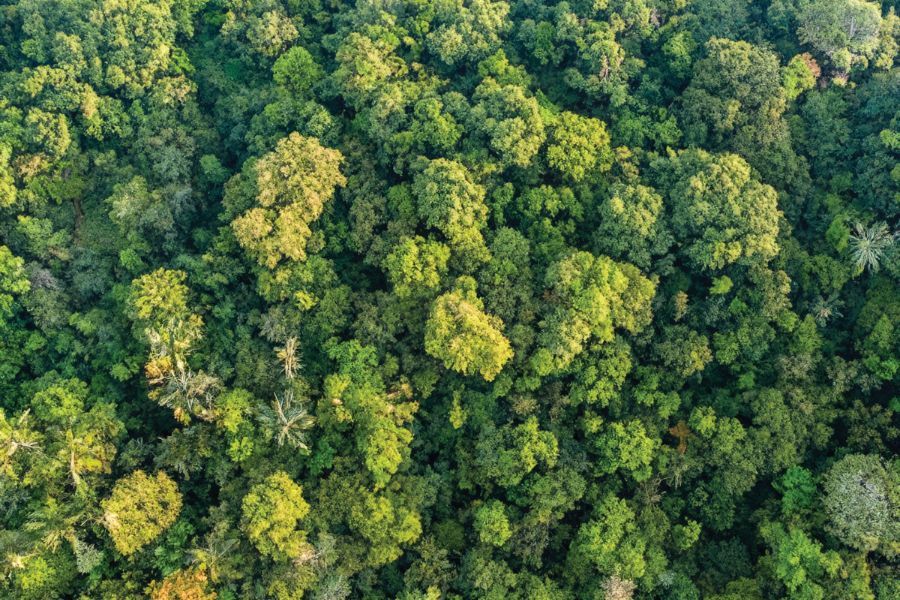Hoa Lu Ancient Capital: Impressive Vietnam’s First Royal City
Located in Ninh Binh province, Hoa Lu Ancient Capital was the first capital of Vietnam in the 10th century. The surrounding mountains and rivers played an important role in shaping Vietnam’s beginning history and royal heritage.
Table of Contents
ToggleIntroduction To Hoa Lu Ancient Capital
Located in Ninh Binh Province, Hoa Lu Ancient Capital is a perfect destination for anyone interested in history or culture. Hoa Lu was once the political and cultural center of Vietnam in the 10th and 11th centuries. It was the first capital of the Dai Co Viet kingdom, led by King Dinh Tien Hoang and King Le Dai Hanh. Today, it is a national heritage, loved by Vietnamese citizens, that shows some of Vietnam’s heroism through its temples, stone architecture, and rural landscape.
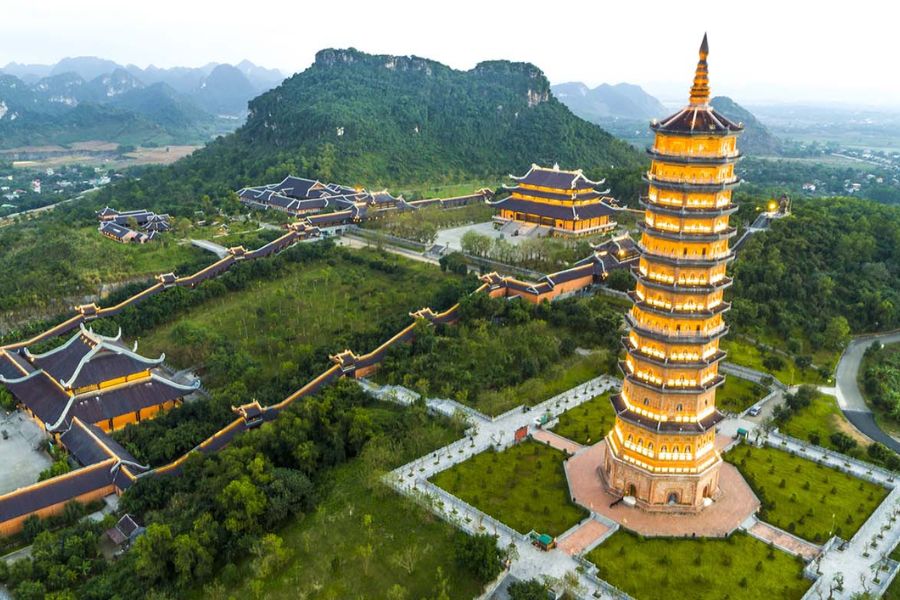
Visitors come to Hoa Lu to see not only the ancient temples and antiquities, but to feel the sense of national pride that resonates throughout the complex. The complex is surrounded by many limestone mountains that formed a natural protection for Hoa Lu from Ancient Vietnam’s enemies. People visiting Hoa Lu feel the past in many ways, traveling through century-old pagodas or serene steps close to ancient villages. When visitors go to Hoa Lu Ancient Capital, they feel the connection to an era of dynasties, legends, and nationally aligned citizens.
History Of Hoa Lu Ancient Capital
Hoa Lu Ancient Capital occupies a pivotal place in the history of Vietnam as the first independent and unified capital of Vietnam. For 42 years (968-1010), Hoa Lu served as the political and military centre of the nation. This land saw the rise of King Dinh Bo Linh, the King who vanquished the Twelve Warlords, unified the pathway for the country, and founded the Dai Co Viet kingdom. Under Dinh (968-980) and Early Le (980-1009) (941-1026), Hoa Lu was the royal capital. Hoa Lu, protected by towering limestone mountain ranges or ranges and by the Hoang Long River, was an ideal place for protection, control, and power.
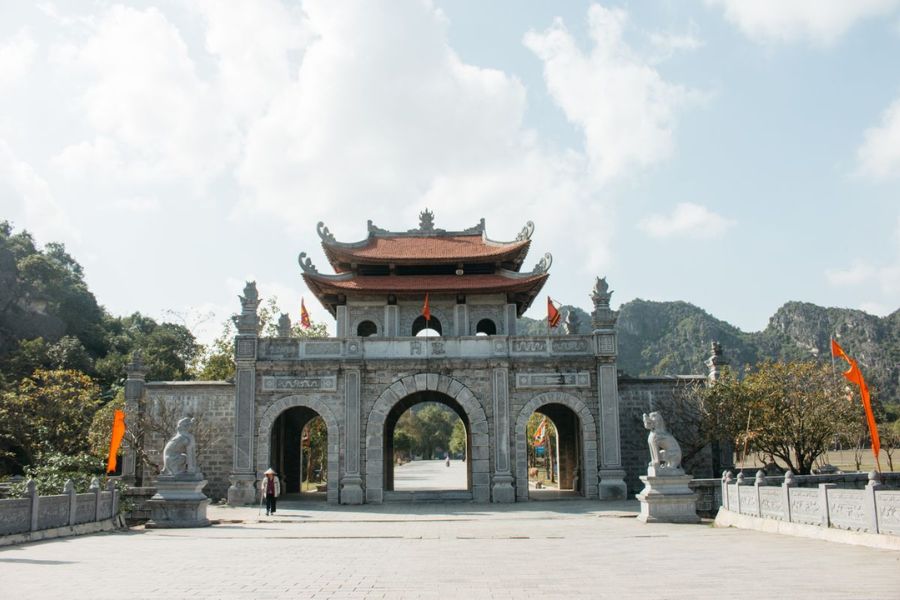
In 1010, King Ly Thai To made the monumental decision to clear the capital and move to Thang Long (present-day Hanoi). King Ly found that Hoa Lu was spatially constrained and pessimistic about the prospects for any expansion. Although Hoa Lu was no longer a political area of significance, there were still significant structures in Thang Long Citadel, built on that would utilize building traditions established during the Hoa Lu period.
Top 5 Iconic Attractions in Hoa Lu Ancient Capital
Hoa Lu Ancient Capital is over 300 hectares of historic architecture, sacred temples, tranquil caves, and century-old relics of royalty. There are three spectrum zones to the site: the special protection zone, the buffer zone, and the tangential monuments, which all illustrate Vietnam’s imperial past.
The special protection zone preserves the remnants of the old capital, including the temples of King Dinh Tien Hoang and King Le Dai Hanh, Phat Kim Shrine, Nhat Tru Pagoda, Kim Ngan Pagoda, and the underground palace foundation. Outside of the special protection zone is the buffer zone that features magnificent leafy landscapes to gateway the Sao Khe River and the Trang An Scenic Landscape Complex, with Am Tien Cave, the longitudinal grottos, and several shrines such as Ba Ngo Temple, and Tran Temple.
Additional historically significant sites associated with the Dinh Dynasty legacy, such as the ancient Bai Dinh Pagoda, Hoa Lu Cave, and the worship Halls for King Dinh Bo Linh, add to the landmark in delineating the intricacy and deliberate magnificence of Vietnam’s illustrious dynastic epoch.
Hoa Lu Ancient Capital has a rich history and has been built over a long period with many cultural and religious remains below:
Temple of King Dinh Tien Hoang
The Temple of King Dinh Tien Hoang is located in Truong Yen Commune and was built to commemorate King Dinh Tien Hoang, who created the Dinh Dynasty. The temple is located at the foot of Ma Yen Mountain. The Temple of King Dinh Tien Hoang reflects Vietnamese architecture with ancient royal palace-style features. Tourists will see intricately carved wooden and stone columns, mythical creatures, and authentic artifacts such as stone thrones and elephant statues.
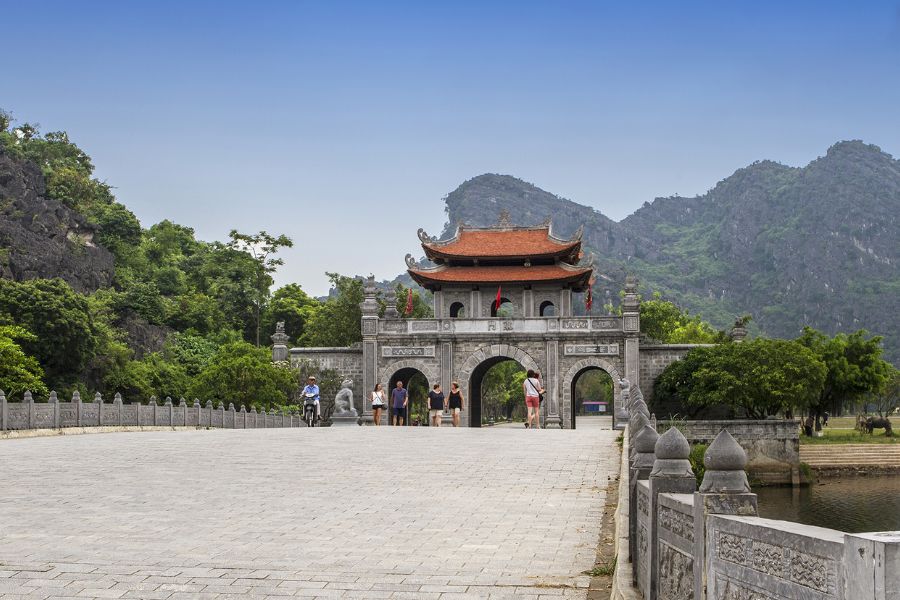
There are a number of impressive building features and sites located on the property, including the outer gate, lotus pond, gardens, ceremonial halls, and main sanctuary, which displays statues of the king and his sons. The temple is a sacred site for a religious purpose, but it is also a collection and a preserve of 17th-century Vietnamese fine arts.
Temple Of King Le Dai Hanh
About 500 meters from King Dinh’s temple is the Temple of King Le Dai Hanh. Although modest in scope, it is rich in culture and history. The complex consists of three main dependencies, with the main altar enshrining King Le Dai Hanh. The side altars enshrine King Le Dai Hanh’s son Le Ngoa Trieu and Queen Duong Van Nga.
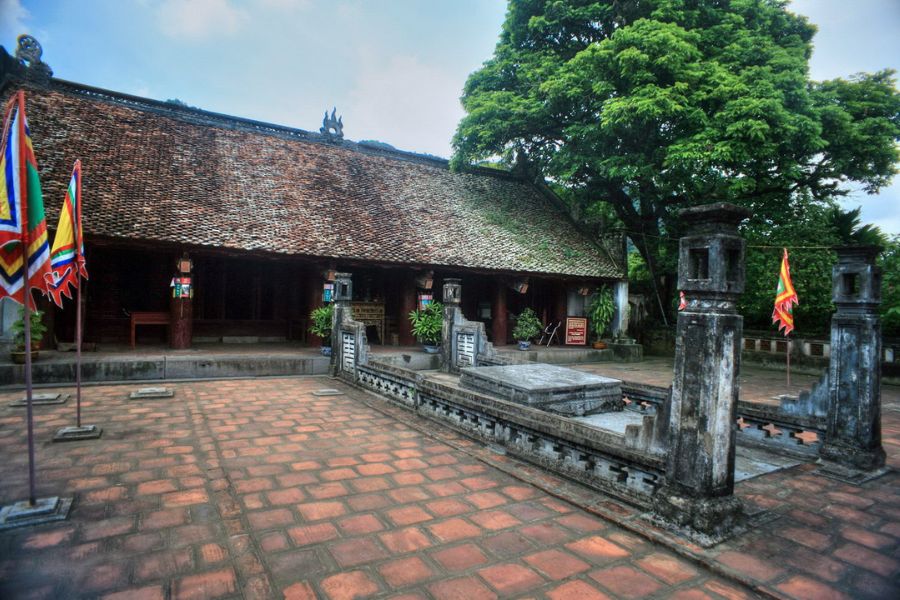
Behind the Temple, you can still see remnants of the ancient royal moat and old palace grounds. There is a small museum beside the Temple with preserved ceramics and artifacts about this time that match its lifestyle with the art of the time.
Temple of Princess Phat Kim
The Le Dai Hanh Temple and the Nhat Tru pagoda are the humble but respected Temple of Princess Phat Kim, daughter of King Dinh Tien Hoang. The Temple attempts to honour her virtues of dedication and fortitude during the chaotic period of the 10th century, to symbolize the devotion and strength of Vietnamese women in history as daughters and mothers.
The area is a culturally and spiritually sacred site for those seeking it for peacefulness and respect to a princess, whose good name persevered through significant historical pains that call for recognition in the building of the early Vietnamese state.
Hoa Lu Four Guardian Temples (Hoa Lu Tu Tran)
The Hoa Lu Four Guardian Temples were built to protect the ancient capital from all sides. Each temple worshiped a guardian deity, which is a reflection of the syncretism of folk beliefs and the deep spiritual traditions of Vietnamese culture. The temples feature unique architecture with stone columns featuring many carvings and yards that are themselves shrouded in legends.
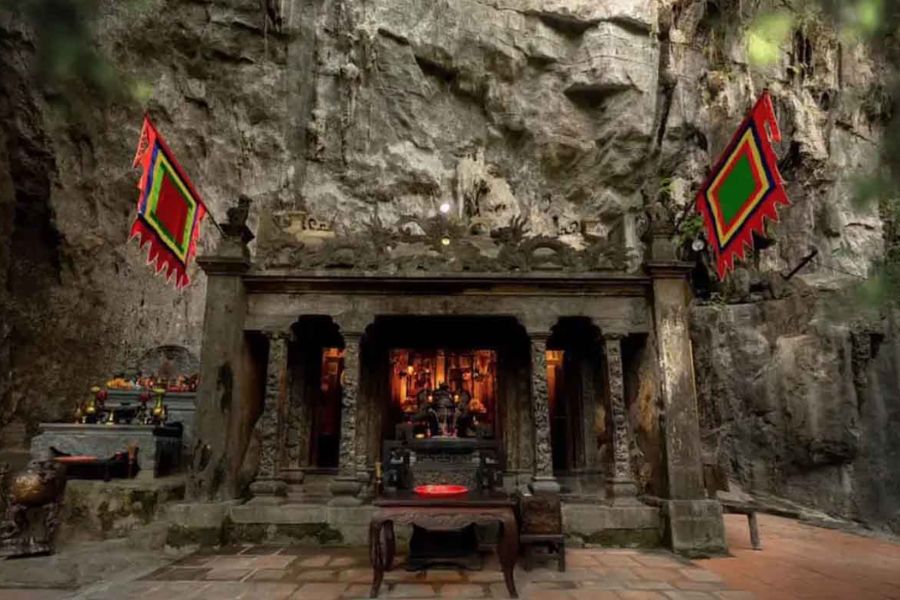
For the purposes of worship, the temples also symbolize Vietnam’s pride in its enduring culture. They also illustrate an unfading faith in concepts of spiritual protection as well as co-existence, and co-dependence on the natural world in spirit.
Nhat Tru Pagoda
As one of the oldest pagodas in Vietnam, Nhat Tru pagoda is known throughout the country for the unique one-stone pillar of Buddhist scriptures. The pagoda dates back to, built during the Dinh Dynasty period. Nhat Tru is the spiritual center of Hoa Lu.
The tranquil atmosphere, traditional wooden structure, and ancient trees make it an ideal place for spiritual reflection. Most visitors come here not just to take photos, but they also hope to soak in some of the calm energy, which has washed over the sacred site for over a millennium!
4 Cultural Experiences You Shouldn’t Miss
While visiting Hoa Lu Ancient Capital, you are not only visiting a historical site but the chance to immerse yourself in the culture of Vietnam. From colorful festivals to regional cuisine, these are the cultural experiences to immerse yourself in.
Participate In Hoa Lu’s Traditional Festivals
Experience the festive nuances of Hoa Lu by attending some of its festivals! The largest is the Truong Yen Festival, or Hoa Lu Festival, which takes place annually in the third lunar month to commemorate King Dinh Tiên Hoàng and King Le Dai Hanh with great processions, offerings of incense, and display of art forms such as cheo and hat van. These festivals not only provide a glimpse of Hoa Lu’s history but also the community’s pride in their heritage.
Taste Hoa Lu’s Local Foods
A trip to Hoa Lu would not be complete without tasting its food! Signature dishes, such as the Ninh Binh mountain goat, which can be eaten grilled or steamed, with crispy rice, exemplify the region’s culinary excellence. Don’t forget other local favorites, which include fermented shrimp paste from Gia Vien or Kim Son’s pork ball noodle soup. Each dish had a story to tell, as each was cultivated locally and delicately crafted by master hands; each meal became an experience of culture.
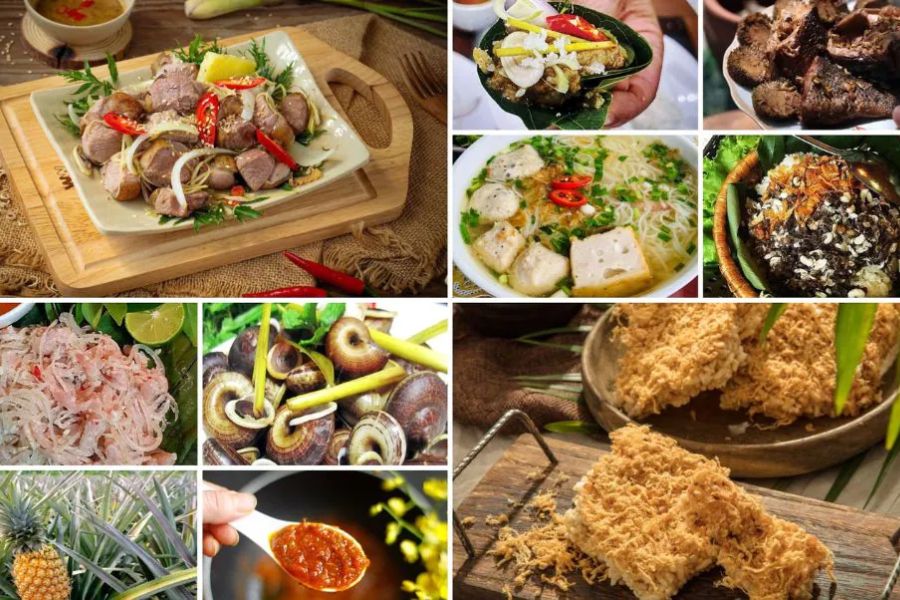
Visit the Ancient Pagodas and Temples
Throughout Hoa Lu, the ancient temples and pagodas, such as Dinh and Le Temples, summarise the spiritual heritage of Hoa Lu. Set in the limestone karst landscapes of Hoa Lu, these sacred sites highlight the serene surroundings and tranquil space where visitors can respect the ancient, imperial history of Vietnam through ancient architecture. These peaceful places are perfect for sightseeing and reflection.
Biking in the Countryside Roads
If you want to experience the beautiful charm of Hoa Lu, rent a bike to cycle through the countryside. You’ll explore the rice fields, limestone hills, small villages, and truly experience the normal way of life in Northern Vietnam’s rural countryside. The great scenery and experience of the atmosphere will create an unforgettable experience for people looking for hidden gems on their travels.
Entrance Fee
It’s worth knowing the ticket prices and any special conditions before visiting Hoa Lu Ancient Capital. Here is the current ticket information for 2025:
| Service | Adult Ticket Price | Notes |
| Entrance to Hoa Lu Ancient Capital | 20,000 VND | Free for children under 1.2 meters tall |
| Local Tour Guide (per group) | 300,000 VND/group (≤ 20 people) | Covers the entire site |
Notes:
- The entrance fee is for King Dinh Temple and King Le Temple.
- The prices may change during festivals, so look ahead if possible.
Opening Hours
Hoa Lu Ancient Capital is open for visitors all year round, but the opening hours are slightly different according to the season:
| Season | Opening Hours |
| Summer | 06:00 AM – 06:30 PM |
| Winter | 06:30 AM – 06:00 PM |
You can visit Hoa Lu at any time of the year, but spring (February-April) is the best time to visit. This time of year is when several traditional festivals, such as La Temple Festival and Thai Vi Temple Festival, take place, which is a great way to see the ancient capital come alive with culture and ceremony.
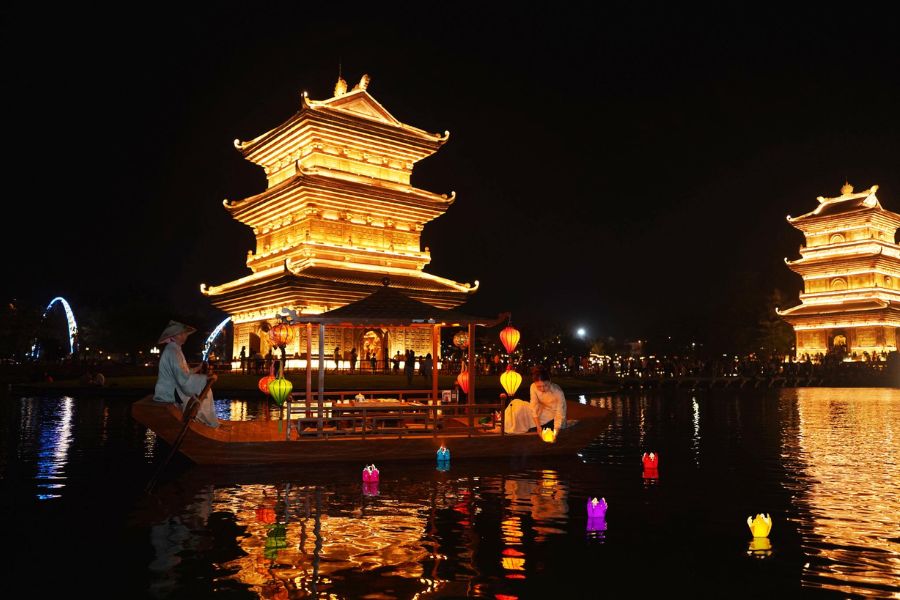
Another great time to visit is in May, when we are in the dry season, and the weather is still lovely, and the rice fields start to crop and turn golden. Perfect for a day of sightseeing or photography. You can also enhance your trip by visiting other nearby sites, such as Tam Coc-Bich Dong or Bai Dinh Pagoda.
How To Get To Hoa Lu Ancient Capital
It is easy to reach Hoa Lu using a variety of transportation methods. Travel time typically ranges from 1.5 to 2.5 hours, depending on what you prefer.
| Transport Method | Duration | Cost | Notes |
| Local Bus | 2 – 2.5 hours | 70,000 – 90,000 VND | Stops at Ninh Binh Bus Station; take a taxi to the site afterward. |
| Private Car/Taxi | 1.5 – 2 hours | Toll: 90,000 – 120,000 VND + fuel/taxi fare | Via Phap Van – Cau Gie – Ninh Binh Expressway. Convenient and direct. |
| Motorbike | Around 2.5 hours | 120,000 – 200,000 VND/day (rental) | Suitable for experienced riders; foreigners need an IDP. |
| Train | About 2 hours | From 100,000 VND | From Hanoi Railway Station to Ninh Binh Station, then take a taxi (≈50,000 VND). |
Things to Know Before Traveling to Hoa Lu Ancient Capital
Before you go to Hoa Lu Ancient Capital, here are a few things to take into consideration to help make your visit more comfortable and respectful of the cultural significance of the site of Vietnam’s heritage. The following rules will help you have a pleasant and meaningful time.
- Dress in modest, comfortable clothing that is appropriate for a historical and sacred site
- Wear sports shoes or walking shoes, since there will be stone steps and uneven roads
- Bring drinking water, sunscreen, and an umbrella for unexpected sun or rain
- Do not litter and help to keep the area clean and natural
- Check out some of the basic historical information beforehand, so you will understand every aspect you want to visit
- It is best to go early in the morning to avoid the crowds of people and enjoy the serene environment
Final Thoughts: Is Hoa Lu Ancient Capital Worth Visiting?
Hoa Lu Ancient Capital offers a tranquil and historic area with ancient temples, mountain landscapes, and the memories of Vietnam’s first kings. This is a perfect stop for travelers seeking culture and quaintness. Let Seni World take you there!








